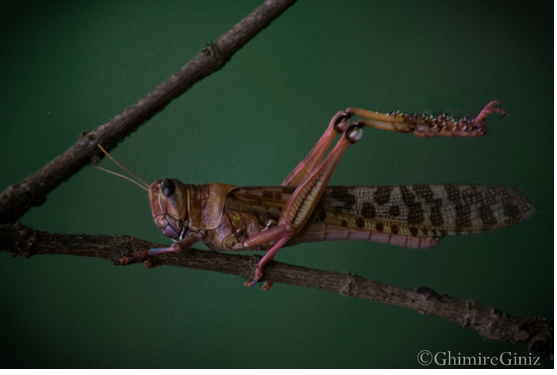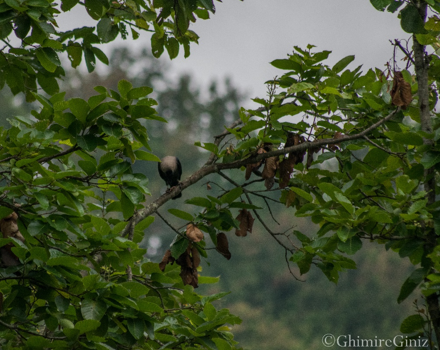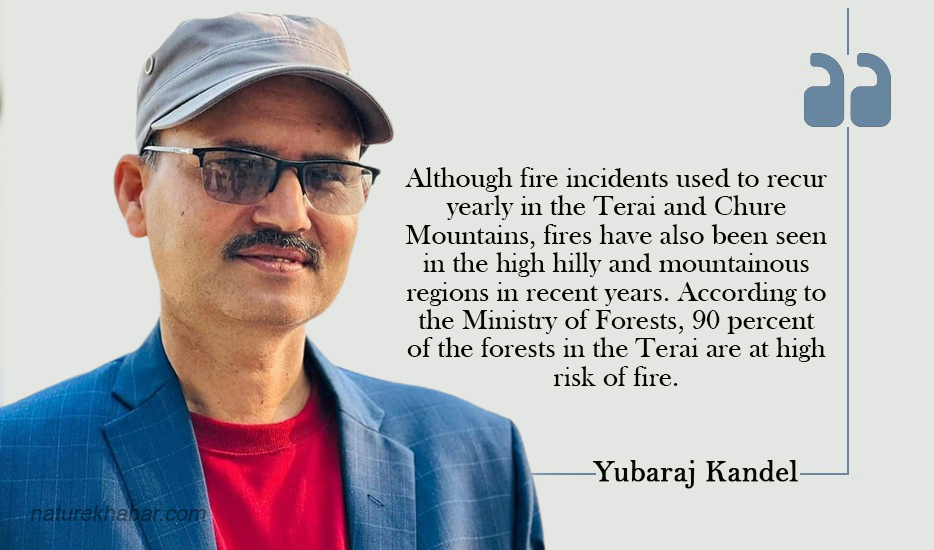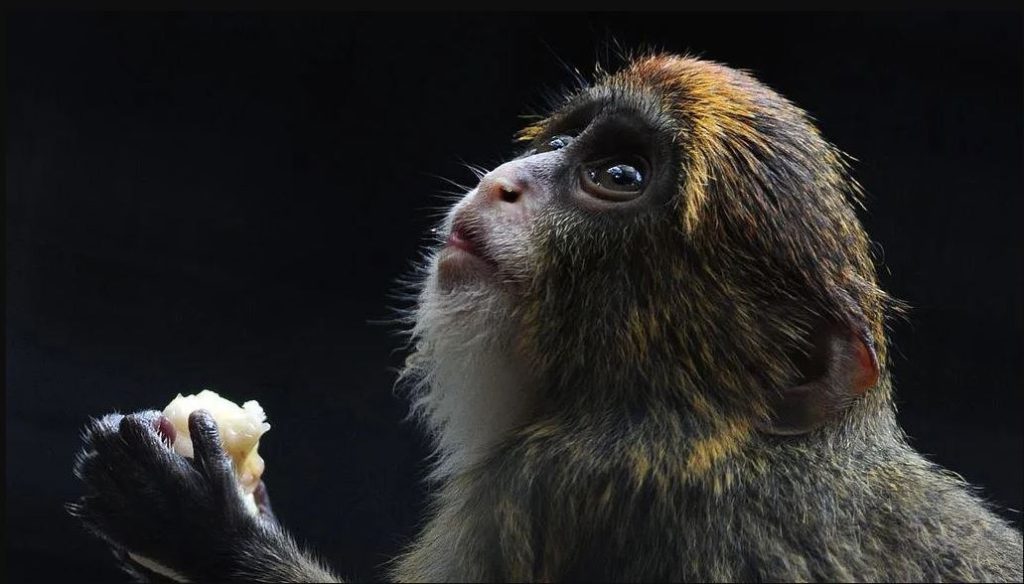Climate Change and Desert Locust Outbreak: What’s the Connection?

The earth’s climate has changed from naturally to drastically and all the acknowledgement goes to non-other than us. Except for some halfwit, climate change is not a hoax. The phenomenon is responsible for affecting water resources, food security, human health and many more directly and indirectly. The situation is disastrous as climate change is too responsible for erratic changes in seasons resulting in drought conditions in dry season and increased flooding during monsoons. The recent desert locust (Schistocerca gregaria) outbreak has direct nexus with the climate change.
Locusts which is a desert creature looks like ordinary grasshopper and belongs to family Acrididae. Throughout the history, humankind has always been feared with this insect due to the negative consequences associated with them when these insects enormously swarm, spread across the regions, devour crops and create a serious agricultural damage.

Locusts exists in two phases: solitary phase and gregarious phase. During solitary phase locusts behaves like grasshopper, stays alone, eats leaves and are less harmful to crops. But during gregarious phase they create massive problem as they become restless and irritable. At this phase locusts transforms its habits, behavior and morphology including color too. Locusts come together in enormous number creating swarm and change their color from green to yellow with black- blue patches. This color transformation helps them to camouflage among plants as be protected from predators. As their diet requirement increases, they become more aggressive and active. To fulfill their diet requirement they eat anything on their way including fruits, flowers, seeds, leaves, stems, twigs and barks of the trees too. It is said that a swarm of 80 million locusts can feed diet of 35,000 people in a single day causing food insecurity. Locust attack however is not all of a sudden new thing that has happened this year. The world has faced such attack in the past too.

Researchers have found that locust attack has direct nexus with climate. Africa witnessed rain triggered disasters, including flash floods, unusual storms and landslides in December 2019. These impacts are linked to the “Indian Ocean Dipole” often called as often called the "Indian Niño", a climate system that affects weather from East Africa to Western Australia. Due to heavy rainfall in Africa, even the soils in the deserts got moist increasing vegetation density. In February 2020 the gregarious phase of locusts started as environmental condition favored this phase through heavy rainfall, moist soil and abundant vegetation. Hence, the locust swarm attack started from Africa to Middle East countries such as Iran, Baharain, Kuwait to Asian countries Pakistan and India and finally to Nepal.
Nature has solution to every problems. Many predatory wasps, flies, reptiles and birds including crow, sparrow are natural predators of locusts. But it’s again our activity that the natural predators of locusts are being destroyed. As per researchers we don’t see many birds like frequently like in past years due to the radiations from our mobiles or they die off because of collision with human made structures like wind turbines, electrical wires, radio towers, buildings etc.
Scientists have claimed that locust attacks can be now frequent in the upcoming days. Though no any direct negative impacts have not been found to be done by locusts to human health, the indirect impact associated with it is quite huge. Global economy can sharply decrease and massive food insecurity can prevail. It’s high time that we take our individual effort to fight against climate change by reducing our individual carbon footprint. Urgent focus is needed in promoting greenery through protect our forests and planting more trees, reducing fossil fuel emissions, adopting 3R principles, and move towards sustainable way of livelihood.
Author is Environment Inspector at Jeetpur Simara Sub metropolitan City.

 Nature Khabar
Nature Khabar




Feedback